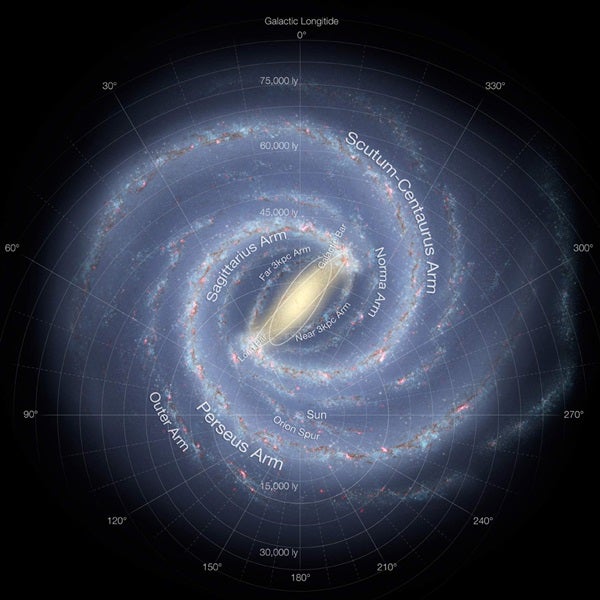And because there are 92,957,130 miles (149,599,999km) between Earth and the Sun, the light that I see at this moment actually left the Sun 500 seconds, or 8.3 minutes, ago. The solar system is only a couple of light-years wide, and so we cannot — now, today — see what any part of it looked like more than about a year ago.
The same principle is true when the Hubble Space Telescope, like any telescope, looks toward a cluster of stars in one of the Milky Way Galaxy’s spiral arms.
Take the Pleiades (M45) for example. If Hubble were to observe this cluster tonight, the light that it collects left the Pleiades more than 400 years ago. But we can’t pick an arbitrary point in that cluster’s history to look at; we are at the whim of light and how far away from us M45 is. Light from earlier in the cluster’s life has already passed us, and light from later in its life has yet to reach us.
Hubble only sees an object at some small time frame in that object’s past — and it depends entirely on how far away from us that object is.
No telescope can look at many different times separated by millions of years in a celestial object’s evolution.
Contributing Editor










